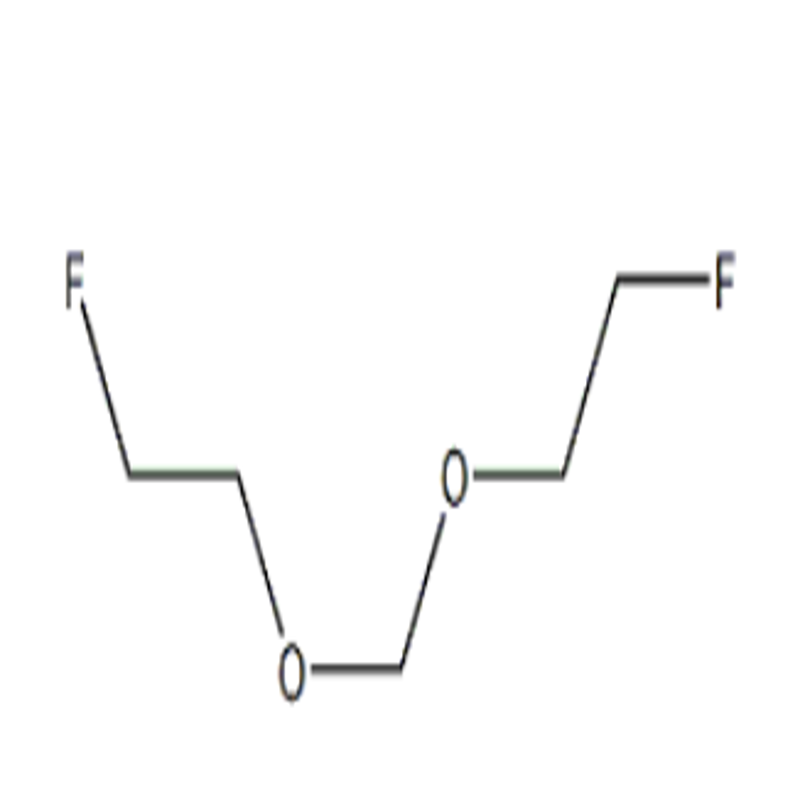-
Categories
-
Pharmaceutical Intermediates
-
Active Pharmaceutical Ingredients
-
Food Additives
- Industrial Coatings
- Agrochemicals
- Dyes and Pigments
- Surfactant
- Flavors and Fragrances
- Chemical Reagents
- Catalyst and Auxiliary
- Natural Products
- Inorganic Chemistry
-
Organic Chemistry
-
Biochemical Engineering
- Analytical Chemistry
-
Cosmetic Ingredient
- Water Treatment Chemical
-
Pharmaceutical Intermediates
Promotion
ECHEMI Mall
Wholesale
Weekly Price
Exhibition
News
-
Trade Service
The Synthetic Routes of 4-[3-(4-Hydroxybutyl)-4,4-dimethyl-2,5-dioxo-1-imidazolidinyl]-2-(trifluoromethyl)benzonitrile: A Comprehensive Review
4-[3-(4-Hydroxybutyl)-4,4-dimethyl-2,5-dioxo-1-imidazolidinyl]-2-(trifluoromethyl)benzonitrile, commonly referred to as GDC-0980, is a potent and selective inhibitor of the protein kinase NEDD9, which is involved in the regulation of cell division and cancer progression.
GDC-0980 has shown promising results in preclinical studies for the treatment of various cancers, making it an attractive target for further research and development.
There are several synthetic routes to synthesize GDC-0980, each with its advantages and disadvantages.
This article will provide a comprehensive review of the synthetic routes of GDC-0980, including their respective steps, reaction conditions, yields, and challenges.
- Synthetic Route 1: One of the most common synthetic routes to synthesize GDC-0980 involves the synthesis of the key intermediate, 4-chloro-2-methyl-2H-1,2,4-triazepine-3,5-dione.
This intermediate can then be reacted with various substituted acetophenones to form the imidazolidine ring.
Step 1: Synthesis of 4-chloro-2-methyl-2H-1,2,4-triazepine-3,5-dione
To synthesize 4-chloro-2-methyl-2H-1,2,4-triazepine-3,5-dione, a common method involves the reaction of 2,3-dimethyl-4-nitro-5-phenyl-1,2,4-triazepine with hydrogen chloride in the presence of a Lewis acid catalyst, such as aluminum chloride.
The reaction is followed by hydrolysis of the resulting nitro group with sodium hydroxide.
Step 2: Synthesis of GDC-0980 via the Hagenberg reaction
The imidazolidine ring of GDC-0980 can be synthesized using the Hagenberg reaction, which involves the reaction of the 2,3-dimethyl-4-nitro-5-phenyl-1,2,4-triazepine with 2,4-dinitro-5-chlorobenzene in the presence of a Lewis acid catalyst, such as aluminum chloride.
The reaction is followed by hydrolysis of the resulting nitro group with sodium hydroxide, and then with a base, such as sodium hydroxide, to form the imidazolidine ring.
- Synthetic Route 2: Another synthetic route involves the synthesis of the key intermediate, 2-(4-chloro-3-(trifluoromethyl)phenylamino)-4,4-dimethyl-1,3-oxazolidine-3,4-dione.
This intermediate can then be reacted with a variety of acetophenones to generate the imidazolidine ring.
Step 1: Synthesis of 2-(4-chloro-3-(trifluoromethyl)phenylamino)-4,4-dimethyl-1,3-oxazolidine-3,4-dione
To synthesize 2-(4-chloro-3-(trifluoromethyl)phenylamino)-4,4







